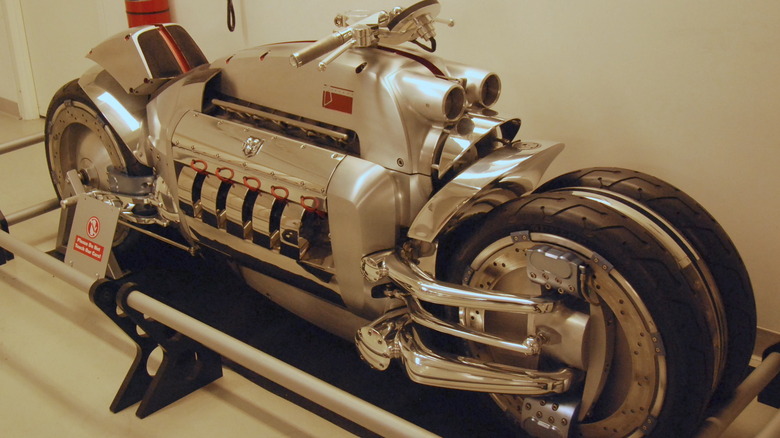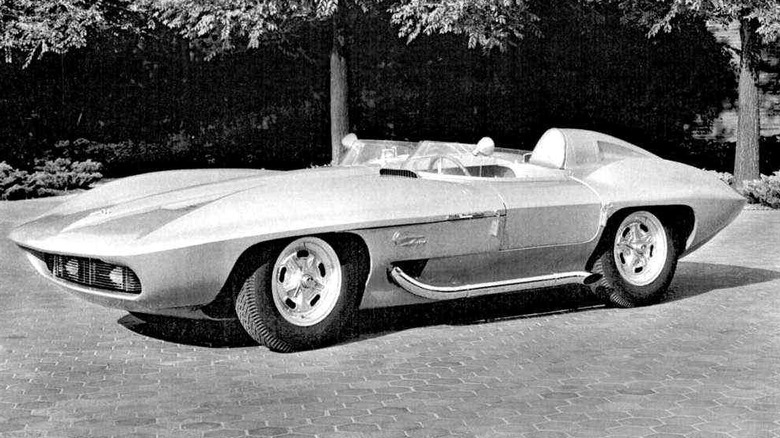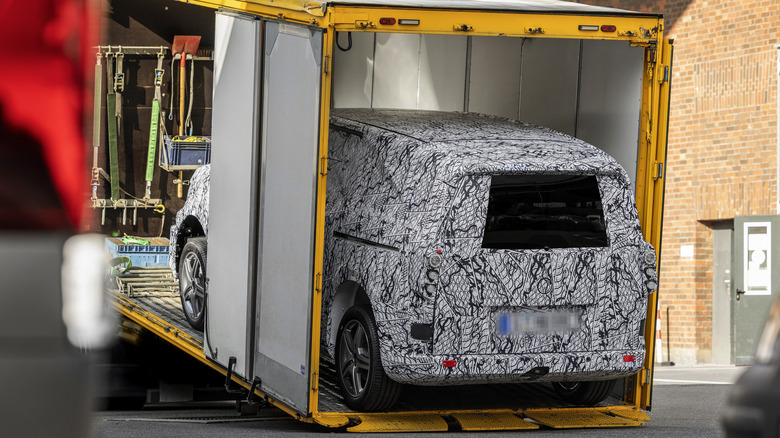Prototypes Vs. Concept Cars: What's The Difference?
Concept cars and prototypes generate a lot of attention from the motoring press, but for different reasons. Neither is likely to be identical to an actual car sold by a dealer, and that is the point of both types of car. They exist to gauge ideas, in design or manufacturing, before a commitment, and investment in money, time, tooling, and training. Testing cars goes back to the early days of the automobile industry. Intensive testing preceded the Ford Model T being made available to the public, and Henry Ford personally tested the first Model T delivered.
There is no mention of the publicity Henry Ford generated while testing his new car, but by the 1980s, half-covered prototype cars sporting incorrect body parts, especially for European manufacturers testing on famous racetracks such as the Nürburgring, provided tons of photo opportunities. And the hype around concept cars does more than test what the public would like to see for their new cars — they also create some of the rarest of museum pieces.
Concept cars in the limelight
The birth of the concept car is tied to GM stylist Harley Earl and his work on a personal car with Buick. The first example of a concept car was the 1938 Buick Y-Job, overseen by Earl and his daily driver when it wasn't being shown. World War II and the post-war switch back from military-focused production meant that there were no opportunities for showcasing amenities for civilian-owned cars, but by the 1950s this had changed. General Motors resumed with the Motorama shows that featured experimental designs and creature comforts, and careful note was taken of what the public liked. This included GM's Project Opel, which morphed into the first generation Chevrolet Corvette.
Concept cars are not always clean-sheet designs. In 1967, Ferrari had some extra Dino 206 S chassis lying around after the 1966 season, so it sent one to Pininfarina to turn into a concept car. With an engine built for racing at Le Mans and no real-world restrictions, the resulting Dino 206 S Pininfarina Competizione is unusual, especially for its greenhouse.
Prototypes for testing and pre-production
Concept cars are built to bask in the limelight; prototypes are not. Even when the press is invited to check out a new prototype, the car is often wrapped or changed in some way so as to make a definite conclusion about the shape impossible. Sometimes concept cars spawn prototypes; new models of existing vehicles and especially model facelifts often require prototypes to facilitate the changeover to the new car. Pre-release press tours can give an idea as to how the upcoming model compares to existing cars, but details regarding acceleration or range might have to wait until the production model becomes available. With prototypes, it's a time for a first impression, not a long-term driving review.
Even when auto manufacturers want to explore new concepts with prototypes, the purpose of the car is to explore engineering possibilities and not gauge public opinion. One such example is the singular four-door 1969 Porsche 911 built by Pininfarina for the Stuttgart firm and which sat in a private museum for decades after being tested by Porsche.


